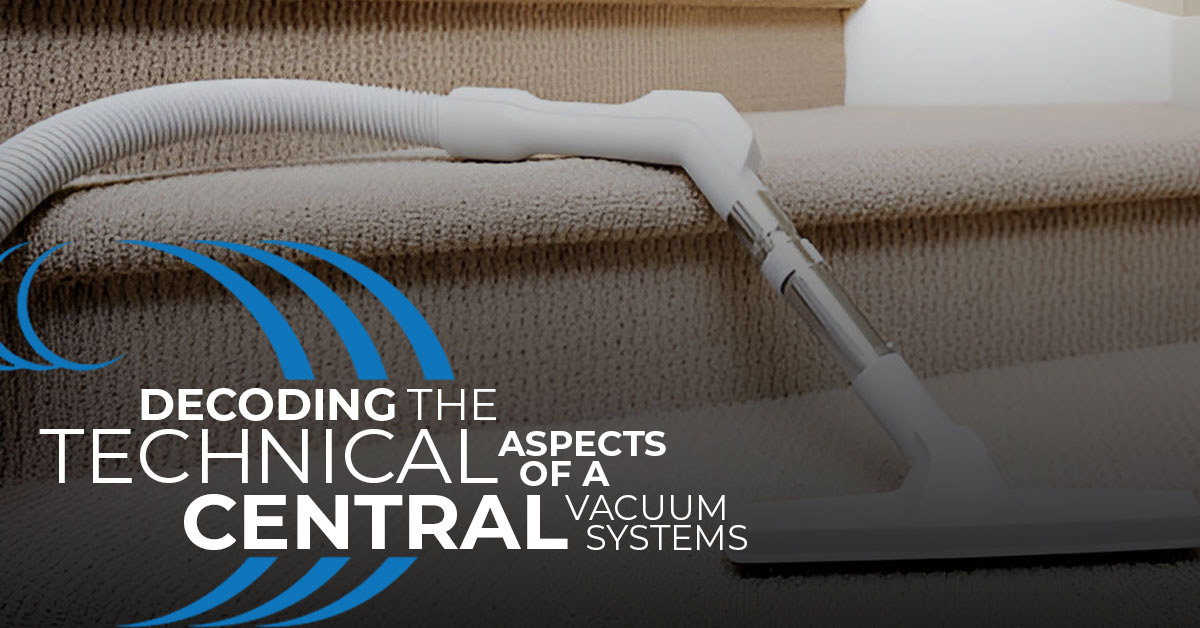
Boosting Productivity in Office Buildings with Central Vacuum
In today’s fast-paced work environment, maintaining a clean and organized office space is crucial for productivity. Office buildings often struggle with keeping their premises clean

A central vacuum system, an internally built cleaning solution within your home, offers a unique blend of convenience, power, and efficiency. This article aims to decode the technical aspects of these systems, focusing on their components, working mechanisms, types, benefits in the industrial sector, and maintenance and troubleshooting.
There are five primary components to a central vacuum system: The Power Unit, the Piping System, the Low Voltage System, the Hose, and the Attachments.
The Power Unit, often mounted in utility rooms, garages, or basements, is the heart of the system. It generates the suction required to extract dirt, dust, and debris from your living spaces.
The Piping System, a network of hidden tubes installed within the walls of your home, transports the extracted dirt and debris away from your living area to the central power unit.
The Hose connects to various cleaning tools and attachments, providing the flexibility to clean different surfaces and areas within your home.
The Attachments include brushes, wands, and specialty tools that allow you to tailor your cleaning tasks to specific needs.
Central vacuum systems work by creating suction through the power unit. When you use the hose and attachments to clean, the dirt and debris are sucked through the piping system and carried to the central power unit. Here, the dirt is collected in a canister for easy disposal. Some systems also include a muffler, typically made from PVC and sound-suppressing acoustic foam, which absorbs a significant amount of noise levels and vibration, making the system quieter to operate.
Central vacuum systems come in various types, each designed to meet specific cleaning needs. The main categories include cyclonic systems, filtered systems, and inverted bag systems. Each type varies in terms of filtration method, maintenance requirements, and performance characteristics.
In the industrial sector, central vacuum systems offer numerous benefits. They provide powerful, consistent suction and large dirt capacity, making them ideal for heavy-duty cleaning tasks. Moreover, they enhance workplace safety by effectively removing airborne dust and allergens, contributing to healthier indoor air quality.
Proper maintenance is key to ensuring the longevity and optimal performance of your central vacuum system. Regularly emptying the canister, checking and replacing filters as needed, and periodically inspecting the system for blockages or leaks can go a long way in maintaining its efficiency. For troubleshooting common issues, refer to your system’s user manual or consult with a professional service provider.
In conclusion, understanding the technical aspects of central vacuum systems can empower homeowners to make the most of these powerful, efficient cleaning solutions. From their components to their working mechanism, and from their types to their maintenance requirements, each aspect plays a crucial role in the system’s overall performance and efficiency.

In today’s fast-paced work environment, maintaining a clean and organized office space is crucial for productivity. Office buildings often struggle with keeping their premises clean

Central vacuums in animal shelters & vet clinic: Explore how these systems boost hygiene, efficiency, and air quality.

In the world of home entertainment, a home theater is a luxury that many homeowners dream of. It’s an immersive experience that brings the magic

A central vacuum system is a significant investment that promises convenience, powerful suction, and improved indoor air quality. However, choosing the right central vacuum hose
Our home automation products are at the forefront of technology, offering a blend of convenience, security, and efficiency. As a Homewave dealer, you’ll be part of a network transforming homes into smart, futuristic spaces.
Embark on this rewarding journey with us and leverage the power of innovative technology.
Please fill out this form and become a Homewave Dealer.